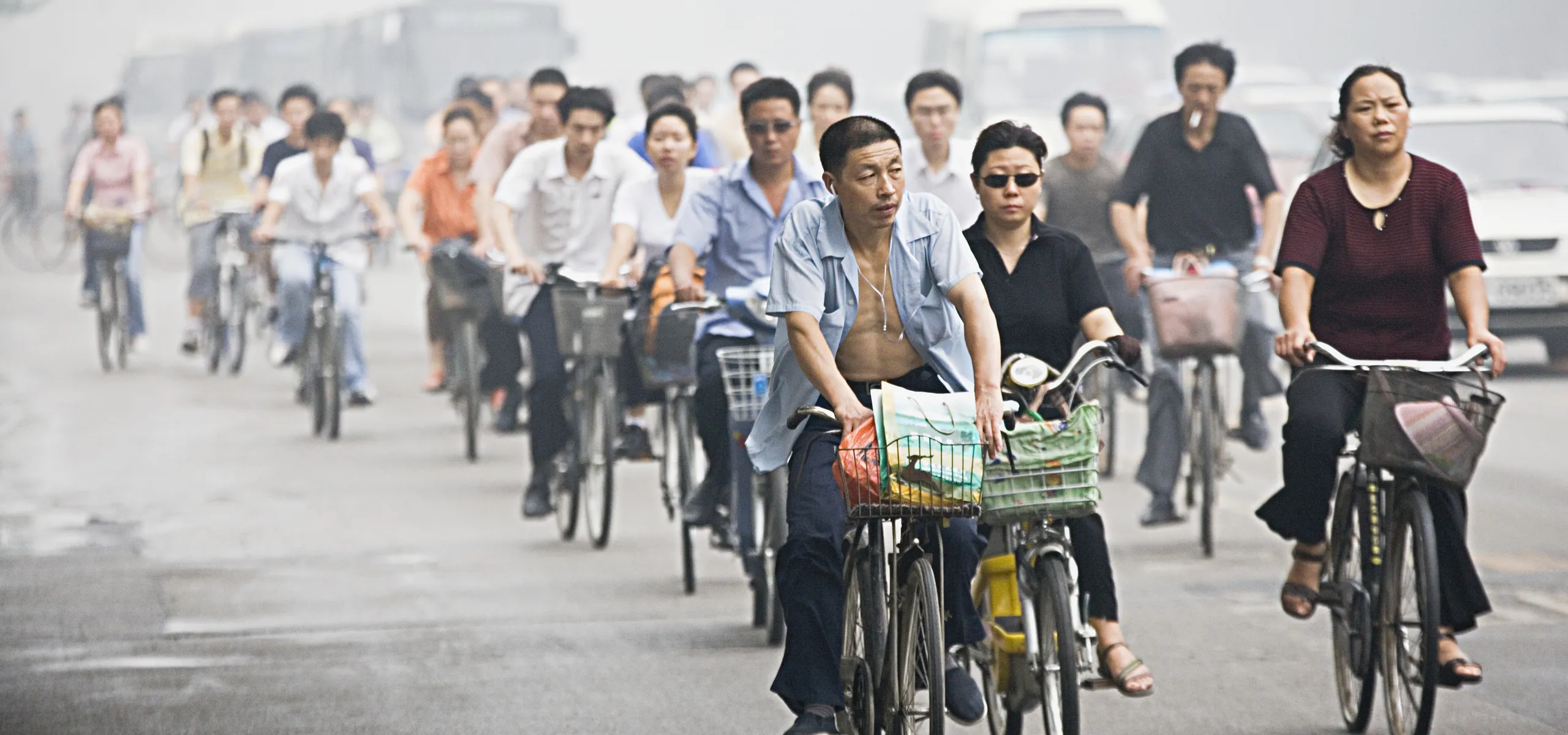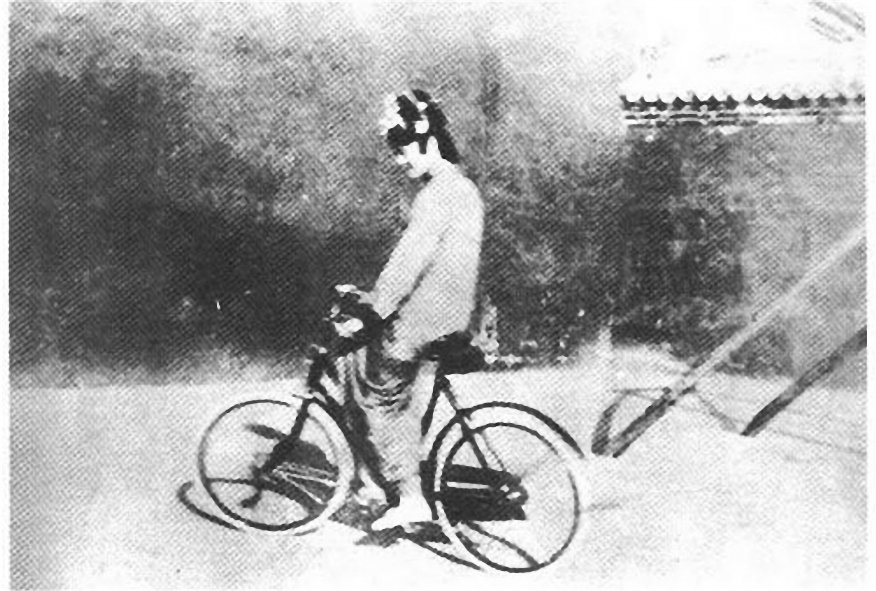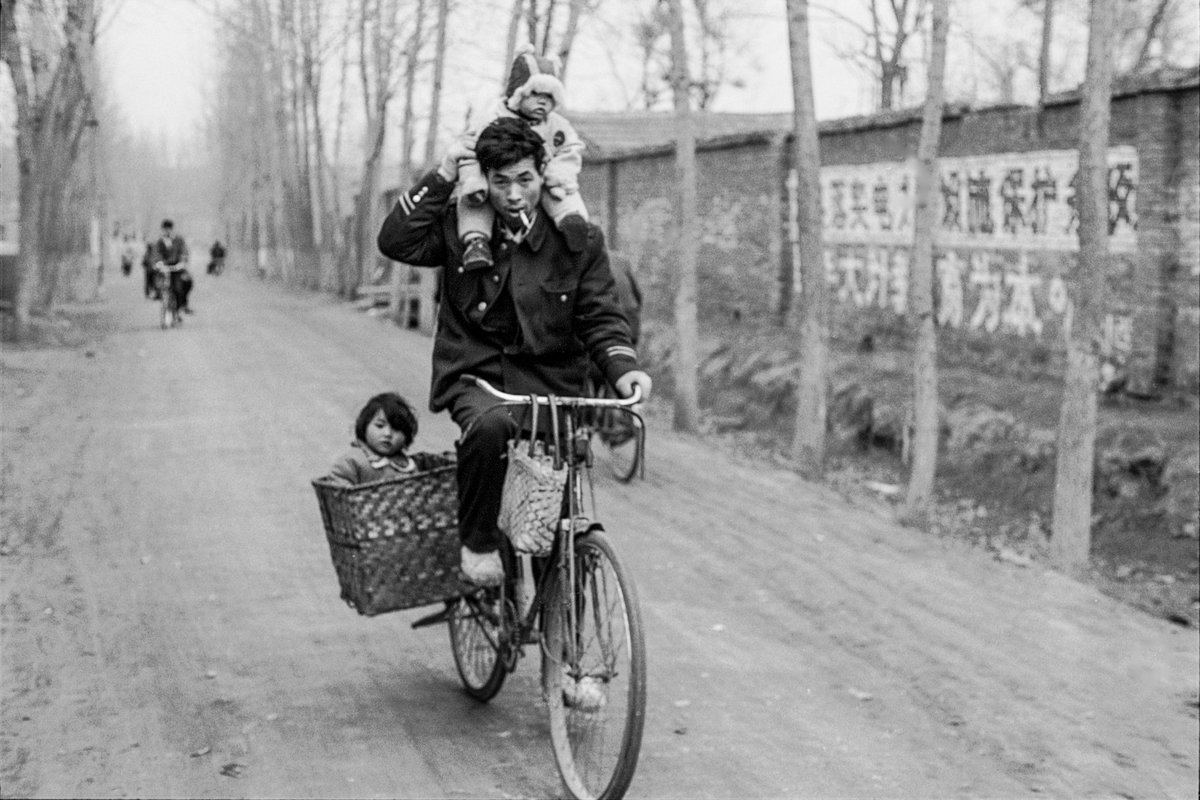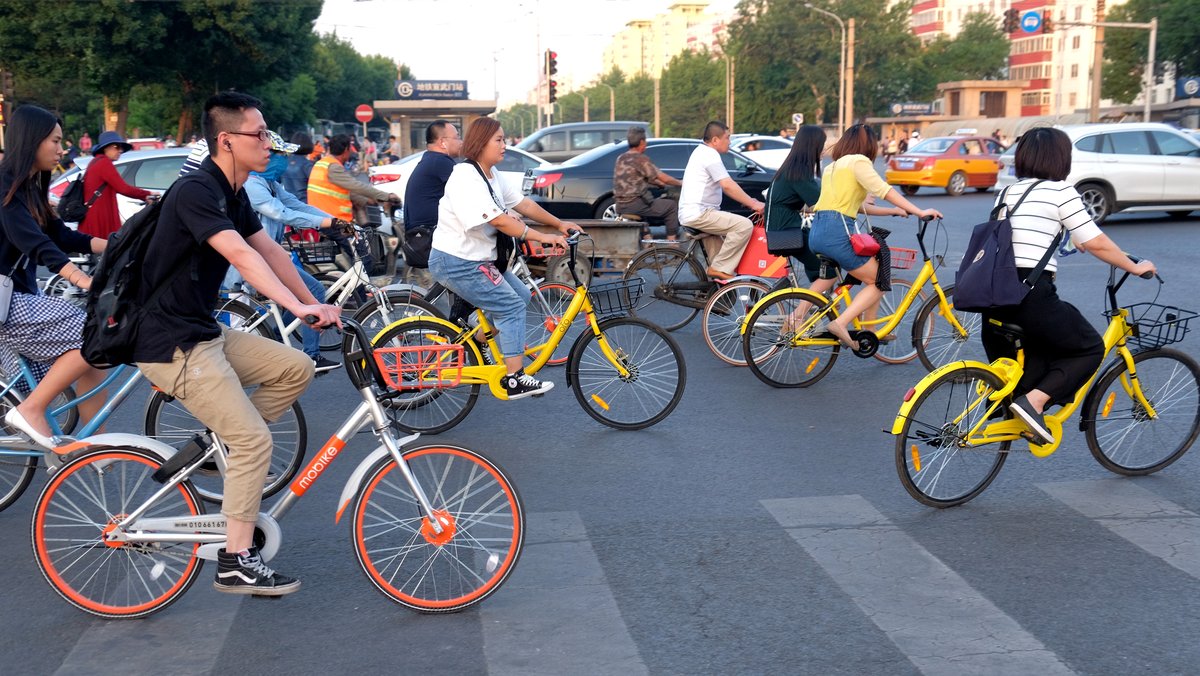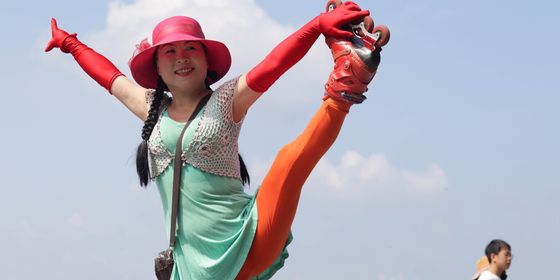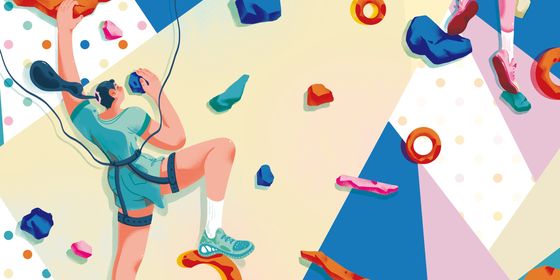The story of the two-wheeler’s rise and fall—and comeback—in the “Kingdom of Bicycles”
In a country where major coastal cities were once flooded by rivers of bikes, only a mere fraction of riders still weave through the streets on two wheels. Once upon a time, whole streets in China were ad hoc bike lanes. People rode on their “Flying Pigeons” as far as 10 kilometers a day, giving the country the nickname “Kingdom of Bicycles.”
For such a popular method of transportation, there is little consensus on exactly when and how bicycles came to China, and why it became so popular in the first place. According to Fred Strebeigh, a writer and professor at Yale University’s School of Forestry and Environmental Studies, one ought to trace the legacy of the two-wheeler in China by starting at its first given Chinese name, “foreign horse (洋马儿).”
While the first bicycles that appeared in China during the reign of the Guangxu Emperor of the Qing dynasty (the year is variously given as 1868, 1875, and 1886) were ridden by Westerners living in China’s foreign concessions, Strebeigh notes that peasants were the earliest fans of the newfangled vehicle due to the fact that they “carried most goods on their backs.” “Every peasant longed to shift his burden to the back of a foreign horse,” he wrote in Bicycling magazine in 1991.
Chinese first learned of bicycles from a diplomatic delegation led by Zhang Deyi (张德彝), who visited Europe in 1866 and discovered Parisians riding “velocipedes” made of “two wheels with a pipe in the middle.” At the time, it was still considered lowly for men of Chinese upper class society to seem like they put laborious effort into their commute, the bicycle did not catch on. Instead, these men reclined in sedan chairs or rickshaws as they made their way around the cities.
According to historian Amir Moghaddass Esfehani via The New York Times, “It was only after expatriate Americans and Europeans began cycling around Chinese cities that the fashion took off,” which was in the early 20th century. China finally began to import bicycles, but it was only the “nouveau riche, especially those who [had] gone abroad to study and had lived among bicycle-riding people,” who bought them, according to The Global Times.
China’s last emperor, Puyi, received a bicycle in 1922 as a wedding gift from his cousin, who was roundly told off by a courtier for giving such a dangerous item to the (now abdicated) Son of Heaven—but the 16-year-old emperor, who had a Western tutor, didn’t seem to mind, as proven by the surviving photographs of him and his empress Wanrong cycling around the Forbidden City.
By the 1940s, the use of bicycles had slowly trickled down to the masses, and from the expatriate-ridden coasts to the interior of China. After the founding of the PRC in 1949, the government noticed that there was no infrastructure for public transportation in most cities, making it difficult to mobilize Chinese people, both literally and mentally, to work and make a living. Buses were often crammed, and either infrequent or unreliable.
In hopes that they could “raise the people’s dignity,” according to Strebeigh, the government encouraged the domestic production of bicycles, by now known as zixingche (自行车 literally “self-running vehicle”). It reestablished the Changhe Factory, a bicycle manufacturer founded in the 1940s whose products never really caught on due to shoddy quality and the turmoil of war. Now state-run and renamed Shanghai Bicycle Factory, it began producing the iconic bicycle brand, Forever. In 1950, the Flying Pigeon brand was founded in Tianjin, and the Phoenix brand was founded in Shanghai in 1958, both also produced by state-owned factories.
In the 1960s and 70s, the bicycle, the watch, the sewing machine were regarded as luxury goods collectively known as the “Three Big Items (大三件).” Families tried their best to own all three, as a prerequisite to their children making a good match in the marriage market (much like apartments are today), but just having any one of the three was enough to impress the neighbors. Mail carriers were envied, because they could ride around all day on bicycles painted in the forest green livery of China’s postal service—a symbol of status and stable employment under the state.
In 1980, China gave US President George Bush two Flying Pigeon bicycles as a gift during his state visit. But this may have been the last time the country took national pride in its bicycle culture. Post-1980, the bicycle came to represent “Chinese backwardness,” according to The Atlantic. As China “looked westward for the secrets of economic success and social sophistication, China’s post-1980 generation developed a subliminal shame toward things intrinsically “Chinese” as well as an appetite for consumption.”
By the 1990s, the new thing to own in China had not two wheels, but four. “As economic growth and per capita income increased,” according to Bikeshare.com, “so did private car ownership at the expense of the bicycle.” From 1995 to 2005 alone, China’s once flooded pedaling streets decreased by 35 percent, “going from 670 million to 435 million.” As people became richer, more began to choose the luxurious option of the car over their simple “self-running carts,” rendering the bicycle a symbol of lowly status associated with urban migrant workers and rural farmers.
As if the new regressive reputation wasn’t bad enough, many cities implemented serious measures to make room for cars and less for bikes. In 2004, Shanghai banned cyclists from downtown roads and cities closed down bike lanes, converting them into car lanes in hopes of reducing traffic. But this decision only worsened the congestion both in China’s streets and lungs.
Not only has traffic impeded economic productivity due to more people spending their time trapped in the highway on the way to work, but people are now being exposed to more air pollution than ever before due to increased car ownership. This was an issue cities like Beijing, with pollution reaching hazardous levels, could afford to worsen.
Seeking resolve for the latest exacerbation in environmental and health degradation, the central decided to backpedal for a solution and re-adopt biking in the form of bike-share programs. By the mid-2010s, China was home to approximately 80 percent of the world’s bike-share programs, which then shot into overdrive in the second half of the decade with the introduction of bike-sharing apps owned by private companies. Bringing back the old kingdom proved to be a double-edged sword, as sidewalks became congested with share-bikes from competing brands trying to fill as many streets as possible with their own vehicles, and broken or extraneous bikes landing up in landfills.
Cities are also trying to reintroduce bike lanes and introduce other infrastructure to promote cycling as an affordable, convenient, and safe method of travel. In 2019, Beijing opened a 6.3-kilometer elevated “highway” for bikes for commuters between its high-tech region in Haidian district and the bedroom communities of Changping district. Cycling infrastructure is also critical to various “15-minute city” initiatives being piloted in China to reduce improve neighborhood amenities and reduce travel time within its urban areas.
As China rushes toward modernity, it is critical that to remember that smog-choked roads aren’t the only way to pursue it. During various parts of history, bicycles symbolized progress and the country’s opening up to new technology and lifestyles—perhaps they can do so again.
This is a story from our archives. It was published originally published in 2015 and has been edited and republished in honor of World Bicycle Day and TWOC's upcoming 100th issue celebrations. Check out our subscription plans and discounts that will give you access to more great stories!





